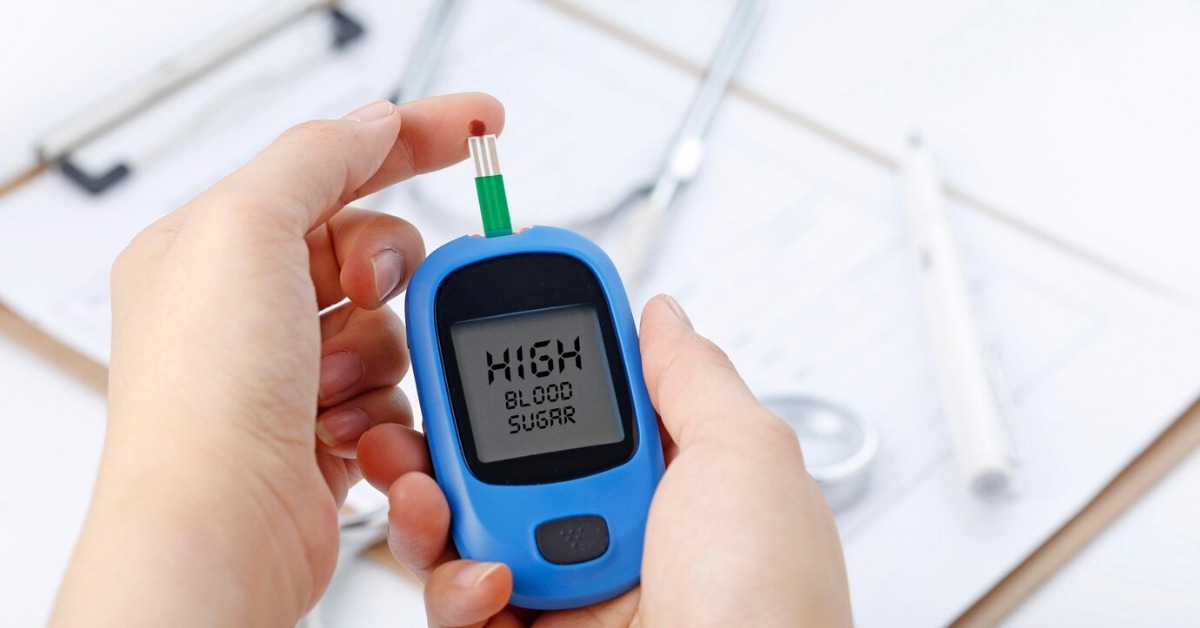Diabetes is a serious disease that raises blood sugar (glucose) levels in the body. This condition may develop over time without any symptoms, and if left uncontrolled, it can lead to many complications. In this article, we will discuss the symptoms, causes, diagnosis, and treatment of diabetes.
Symptoms of Diabetes
The symptoms of diabetes develop slowly, and many people may not notice them initially. Common symptoms include:
- Increased Thirst – Excess sugar in the body makes the kidneys require more water, leading to frequent thirst.
- Frequent Urination – Due to drinking more fluids, there is increased urination.
- Fatigue – Lack of energy due to improper use of sugar in the body can cause tiredness.
- Blurry Vision – High blood sugar can affect the eyes, leading to blurry vision.
- Weight Loss – If the body can’t use sugar properly, it can lead to weight loss.
- Slow Healing of Wounds – High blood sugar slows down the healing process of wounds.
- Skin Infections and Itching – Increased sugar levels can lead to skin infections and itching.
Causes of Diabetes
There are several factors that contribute to the development of diabetes, including genetic, lifestyle, and environmental factors. Key causes include:
- Genetics and Family History – If diabetes runs in the family, the risk of developing it increases.
- Obesity – Excess weight, especially around the abdomen, affects the body’s response to insulin.
- Physical Inactivity – Lack of physical activity decreases the body’s insulin response.
- Age – The risk of diabetes increases with age, especially after 45.
- High Blood Pressure and High Cholesterol – These conditions increase the risk of developing diabetes.
- Gestational Diabetes – Having diabetes during pregnancy increases the risk of developing diabetes later in life.
Diagnosis of Diabetes
Diabetes is diagnosed through various blood tests. Some common tests include:
- Hemoglobin A1c Test – Measures the average blood sugar level over the past 2-3 months.
- Fasting Blood Sugar Test – Measures blood sugar after fasting overnight.
- Oral Glucose Tolerance Test (OGTT) – The individual drinks a sugary solution, and blood sugar levels are measured over time.
- Random Blood Sugar Test – Measures blood sugar at any time of day, though this is not sufficient for diagnosis on its own.
Treatment of Diabetes
The treatment of diabetes involves a combination of lifestyle changes and medications. The primary goal of treatment is to manage blood sugar levels and prevent complications.
- Dietary Changes – Eating a balanced diet is crucial for managing diabetes. It is important to consume foods with a low glycemic index, such as vegetables, fruits, whole grains, and proteins.
- Weight Loss – Losing weight can help improve blood sugar levels.
- Physical Activity – Regular exercise, such as walking, running, swimming, or cycling, can help control blood sugar levels.
- Medications – If blood sugar levels remain high despite diet and exercise, medications like metformin or insulin may be prescribed.
- Insulin Therapy – In some cases, insulin injections are required if the body cannot produce enough insulin.
Consulting a Doctor in Indore for Treatment
Consulting a doctor in Indore for treatment and early detection of diabetes is crucial. If you experience symptoms of diabetes, it is essential to visit a specialist in Indore for treatment. Early diagnosis and timely intervention can help control and prevent complications related to diabetes.
FAQs
- What is Type 2 Diabetes? Type 2 diabetes is a condition where the blood sugar level in the body becomes elevated. This happens when the insulin in the body doesn’t work properly, leading to high levels of sugar in the blood.
- What are the symptoms of Type 2 Diabetes? Common symptoms of type 2 diabetes include excessive thirst, frequent urination, fatigue, blurry vision, weight loss, and slow healing of wounds.
- How is Type 2 Diabetes treated? The treatment for type 2 diabetes involves a combination of lifestyle changes, dietary improvements, regular physical activity, and medication. In some cases, insulin therapy may also be required.
- Is there a permanent cure for Type 2 Diabetes? There is no permanent cure for type 2 diabetes, but it can be managed and controlled with appropriate treatment, lifestyle changes, and dietary adjustments.
- How can the risk of Type 2 Diabetes be reduced? The risk of type 2 diabetes can be reduced by maintaining a healthy diet, engaging in regular exercise, controlling weight, reducing mental stress, and getting regular health check-ups.


